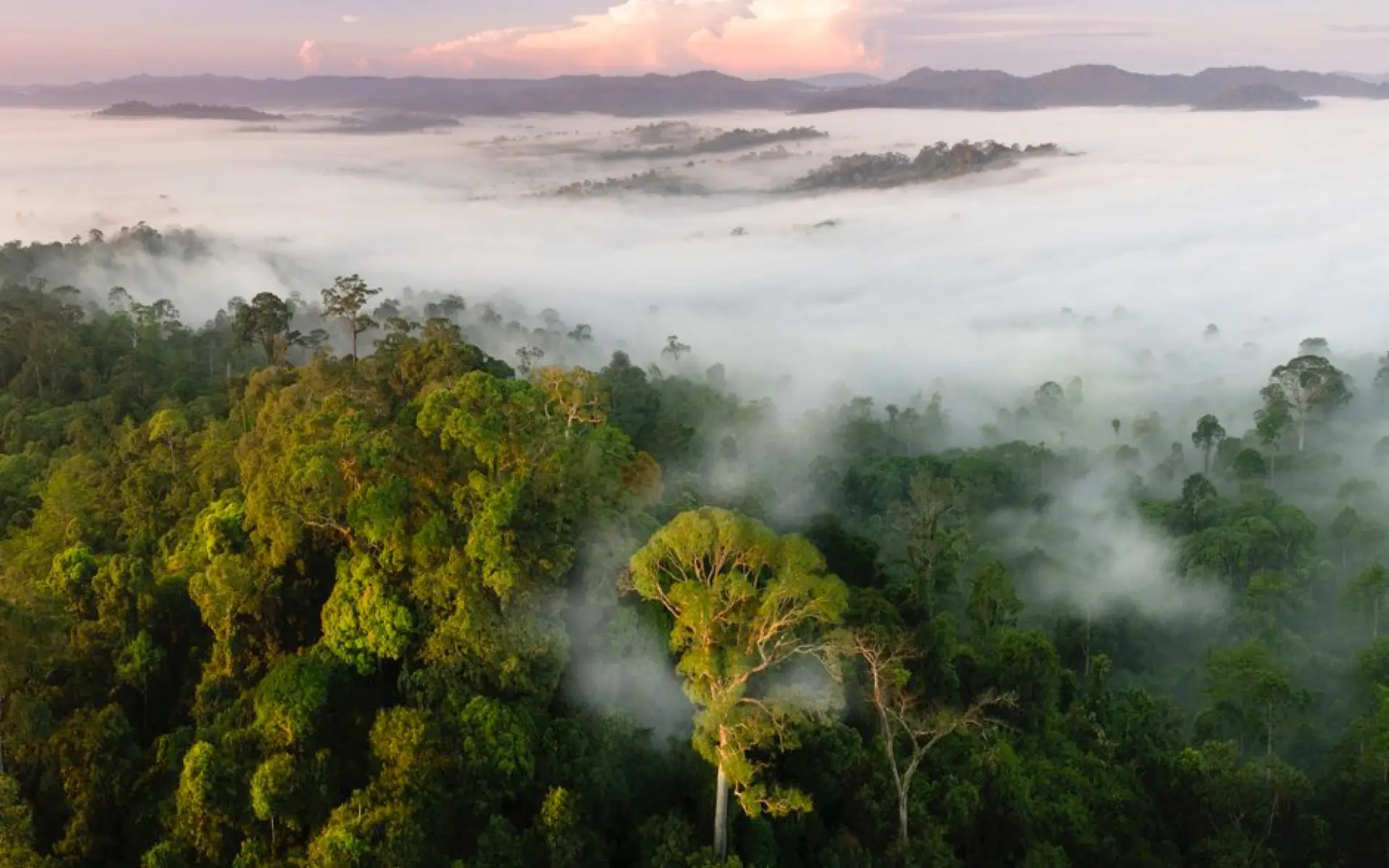
As the Earth experiences record-breaking temperatures, a global research collaboration has identified a concerning trend: woody vines are taking over forests worldwide. These vines, known as lianas, are threatening the vital role that forests play in cooling the atmosphere by storing carbon. A study led by the University of the Sunshine Coast has pinpointed the most vulnerable forests based on their climate, highlighting the urgent need for restoration efforts.
The study, published in Global Change Biology, spans 44 countries across five continents and confirms the “tipping point” at which woody vines, or lianas, dominate forests. Professor Andy Marshall from the University of the Sunshine Coast’s Forest Research Institute explains that this tipping point occurs when mean annual temperature exceeds 27.8° Celsius and rainfall is less than 1,614 mm. These conditions create an environment in which lianas thrive, choking trees and preventing their growth as they climb towards the forest canopy.
The research has identified hotspots of vulnerability, primarily tropical forests at low elevations. Examples of these vulnerable forests can be found in East Africa, Vietnam, Colombia, and Australia’s Wet Tropics, among other locations worldwide. These forests are already facing disturbances from logging, clearing, and other human impacts, making them particularly susceptible to the dominance of lianas.
READ ALSO: Alzheimer’s Blood Test That Can Detect the Disease Before Symptoms
Professor Marshall emphasizes the significance of this global assessment, which fills a critical gap in understanding the dominance of lianas on an international scale. The study utilized an unprecedented dataset from 651 vegetation samples, comprising over 26,000 lianas and 82,000 trees from 556 unique locations worldwide. This extensive dataset, derived from 83 research publications, allowed the researchers to identify patterns and trends in liana dominance.
Co-authors from research institutions around the world contributed to this study, representing Australia, South Africa, the United Kingdom, Singapore, Panama, Brazil, the United States, and China. The collaboration highlights the global concern over the impact of lianas on forests and the urgent need for coordinated efforts in restoration and conservation.
The findings of the study reveal that lianas are better suited to deal with climate change, including warmer temperatures and lower rainfall, as well as other disturbances such as fire, logging, and clearing. This advantage allows lianas to dominate trees and hinder their ability to recover following disturbances, leading to prolonged periods of stunted forest growth.
READ ALSO: Salmonella Outbreak Spreads Through Charcuterie Meats
Forests, along with the ocean and soil, serve as the world’s largest carbon sinks, absorbing and storing carbon dioxide from the atmosphere. However, the dominance of lianas poses a significant threat to the carbon sink. Forest loss and degradation caused by factors like tree-felling are already impacting the carbon sink, and lianas further exacerbate this threat by impeding tree growth and slowing down forest recovery.
While the study highlights the alarming extent of liana dominance, it also emphasizes the need for sensitive and effective solutions to restore forests and protect the global carbon sink. Professor Marshall cautions against full-scale clearing of lianas, as they play a vital role in forest ecosystems and biodiversity. Lianas contribute to soil fertility and carbon cycling, benefiting other plants, animals, and overall ecosystem function in both intact and disturbed forests.
However, in areas experiencing significant human impact, such as coastal and low-elevation forests in north Queensland, Australia, lianas are growing in unnaturally high numbers. Balancing the benefits of lianas with the need for forest restoration is crucial. The ongoing research conducted by the University of the Sunshine Coast’s Forest Restoration and Climate Experiment aims to understand the effects of lianas on forests and develop effective management strategies.
